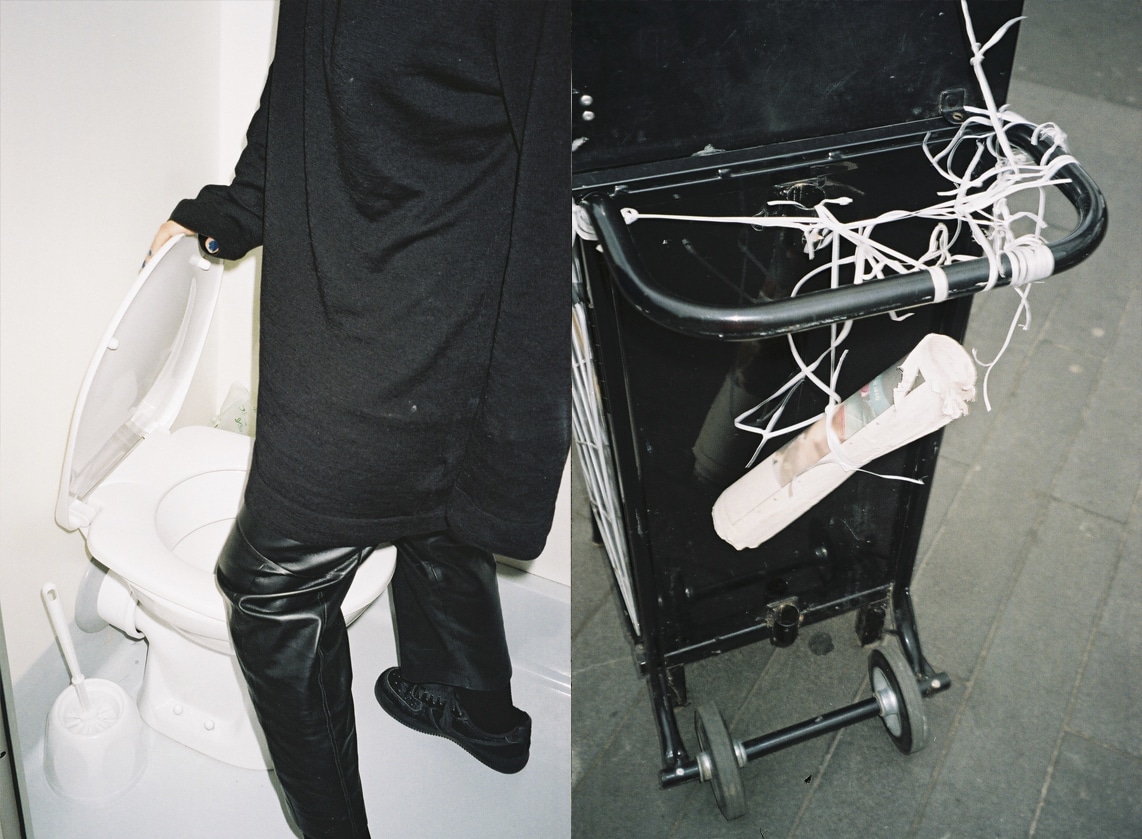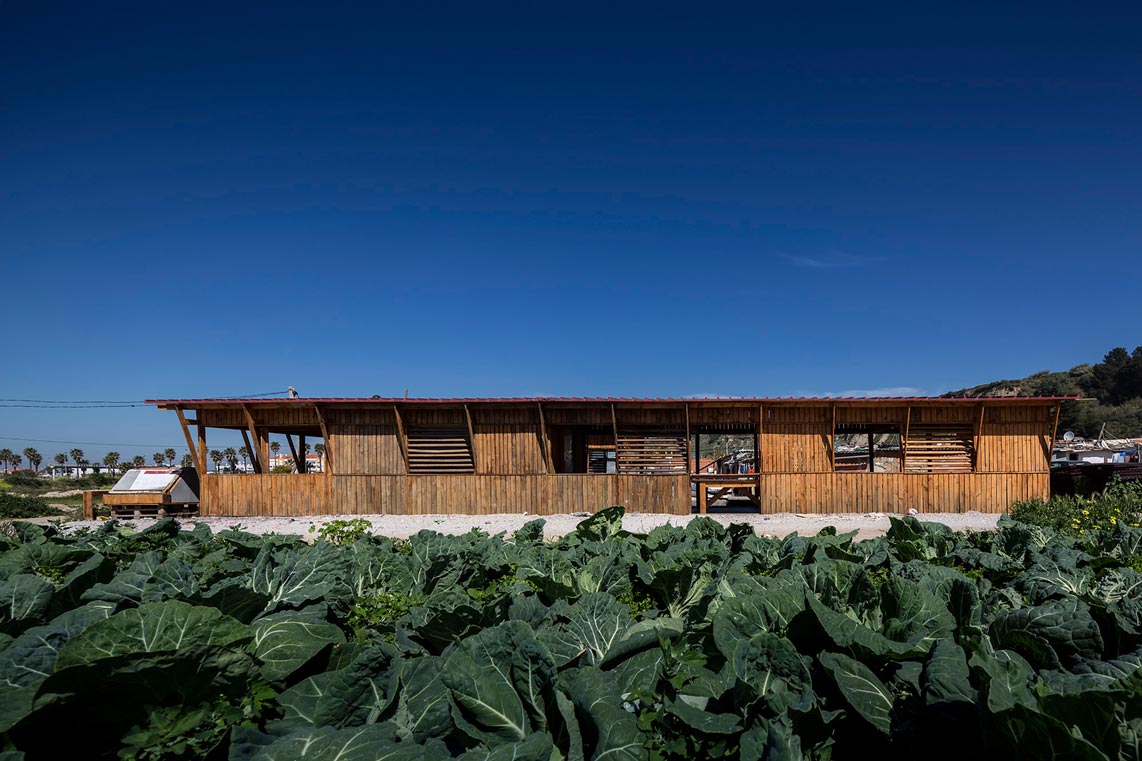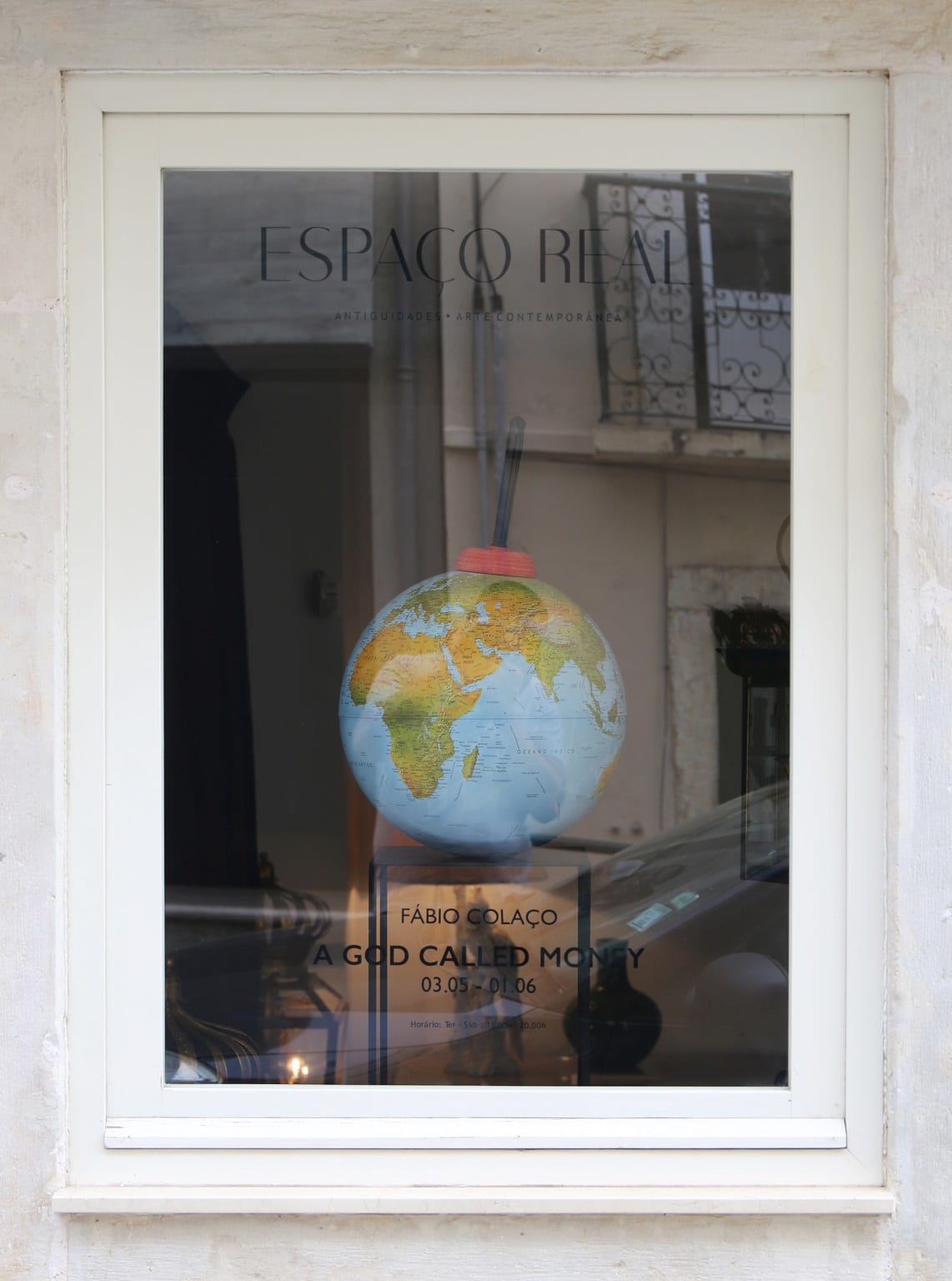The ateliermob was born in 2005 with the intent of enabling their founders to autonomously embrace the projects in which their work and knowledge could be more useful. Thirteen years after that, we realize that such intent, more than a desire, was a necessity, because it has found several ways to materialize itself. There is an impressive amount of work already done, and also about to be made, in projects that strengthen the idea, nowadays a bit lost, that architecture should serve the people, instead of simply being an authorial exercise. The projects of social architecture have a prominent place, but the whole philosophy of ateliermob, regardless of the task conducted, is centered on the idea of community and that the architecture is a unifying element and a tool to improve the quality of life of that same community.
Housing as a basic right, the reconstruction after the fires which goes beyond the four walls of a house, gender-based violence in the streets of Lisbon, and the intervention (inspiring for anyone who sees it, and crucial for those who inhabit it) in the neighborhood of Terras da Costa. The ateliermob and the cooperative Trabalhar com os 99% (one of the company’s branches) has an active role in these areas and many more. Talking to Tiago Mota Saraiva, one of its founding partners, Umbigo attempted to map out the path of this octopus called ateliermob, whose tentacles start at Rua dos Fanqueiros and reach the whole country.
In this first part, we focus on the company’s essence and structure, and also on the work conducted in Pedrógão Grande after the fires of June 2017.
ateliermob vs Trabalhar com os 99%
Much like most architecture studios, ateliermob was always very focused on public tenders. Having won several, this course was stopped by the crisis, in 2010/11. Numerous works started to be cancelled and this prompted an internal reflection on the path that they would have to follow. That was when the projects of Trabalhar com os 99% [Working with the 99%] started, even though the status of cooperative was only established in 2016. “I think this is the only cooperative that provides architecture and urbanism services. The idea is to make sure that these projects are not paid by the people to whom we do our architecture. We seek funding to make them happen,” Tiago Mota Saraiva explains. This is the case of the project in Terras da Costa or in Pedrógão Grande, which we will talk about later.
They also established their willingness to have a political engagement with the cooperative, in what concerns their field of action. This not only implies being on the ground, but also being part of the decision-making process – hence, taking part of the discussions on the Basic Housing Law, being received in the National Assembly, whilst participating in the sessions of the several political parties. The elements of the cooperative want to fill a recurring gap: to provide knowledge of how people live in this or that neighborhood, of what needs to be urgently solved and present suggestions to accomplish that.
When it comes to ateliermob itself, it continues to be part of public tenders and develops other projects, such as Salão Central Eborense (Évora), among others. However, it does not lose track of its participation-based approach, based on the very same principles, and relying on the same team of Trabalhar com os 99%. Even though the cooperative has gained its own entity, the team is the same of ateliermob – architects, landscape architects and an anthropologist, in addition to the external workers, who join each project. Everything one needs to conduct a comprehensive approach that goes beyond building walls.
Pedrógão Grande
Building more than walls is one of the key goals of ateliermob’s mission in Pedrógão Grande. After the fires in June 2017, and at the invitation of the Calouste Gulbenkian Foundation and União das Misericórdias, a team of 15 architects, many engineers and an anthropologist, created an atelier in Figueiró dos Vinhos to follow the reconstruction project of seven houses shattered by the fire – three in Figueiró, three in Pedrógão Grande and one in Pampilhosa da Serra. The Collective Warehouse also joined the ateliermob and Trabalhar com 99%.
“There are areas of the country that dealt with problems for many years and were simply being ignored. Housing reflects an issue, but it something that does not end with allocation”, Tiago Mota Saraiva says. More than replicating, the idea is to add quality to what had been built here, never losing sight of the real needs of those who will inhabit the homes. Therefore, the projects were developed by taking into account the participation of those affected, incorporating, in architecture, their habits, dynamic and routines, many of them linked to agriculture as a daily activity: room for chicken houses, a wood-burning oven or a smokehouse, for instance. They also comprised other amenities related to the quality of life, such as enhanced insulation to tackle the cold or an adaptation to the lack of mobility of some of the residents.
Most of the projects will begin to be built in January, but one is already finished: transforming the former primary school in Figueira into the headquarters of Associação das Vítimas do Incêndio de Pedrógão Grande (inaugurated on Christmas 2017, by the President Marcelo Rebelo de Sousa).
The atelier in Figueiró dos Vinhos was scheduled to close in March, but, based on what is known, it will be different. Not only they feel that the work is not yet finished, there is also an expectation about the strategy which will be adopted by the government, in relation to the fires of October 2017. ateliermob would also like to be part of that reconstruction team.





